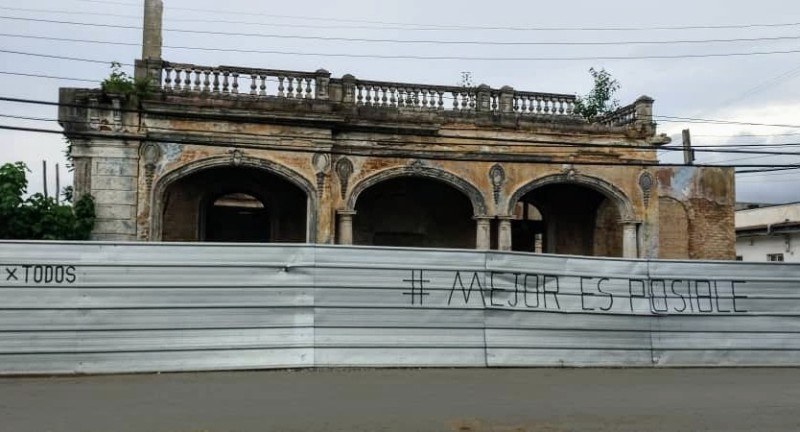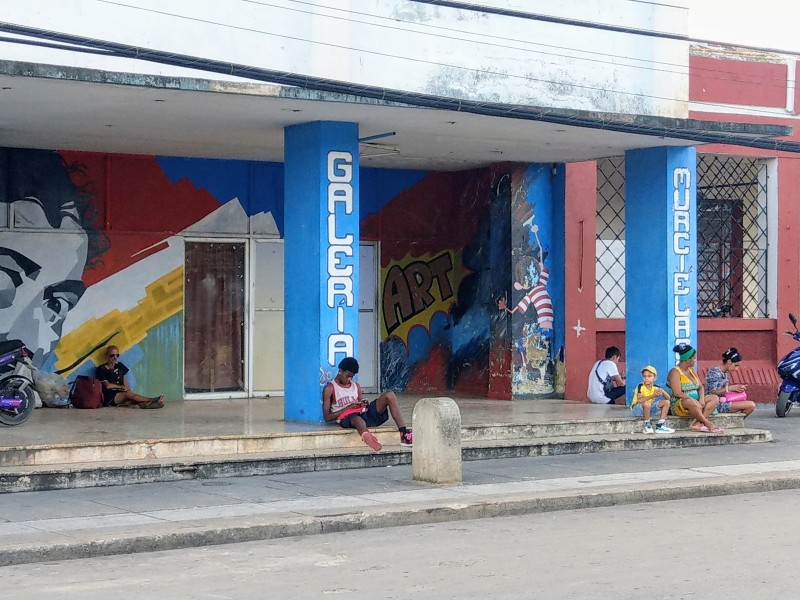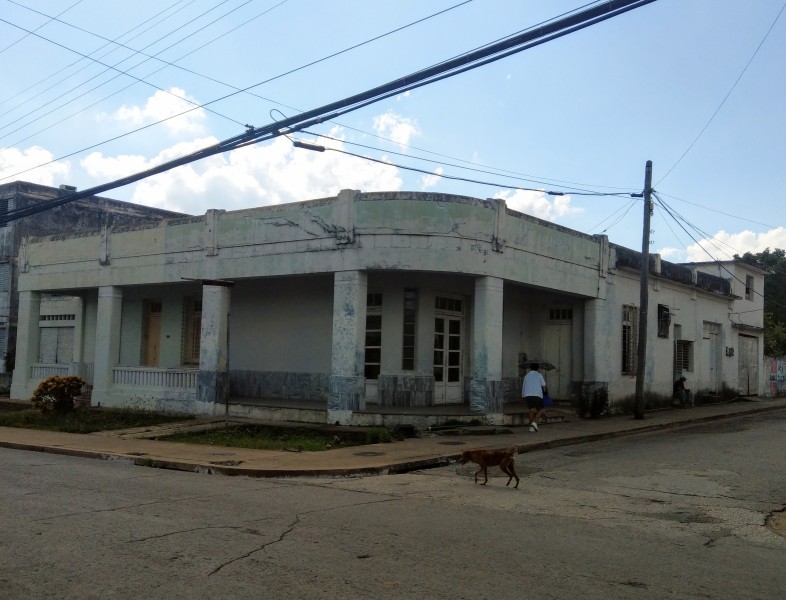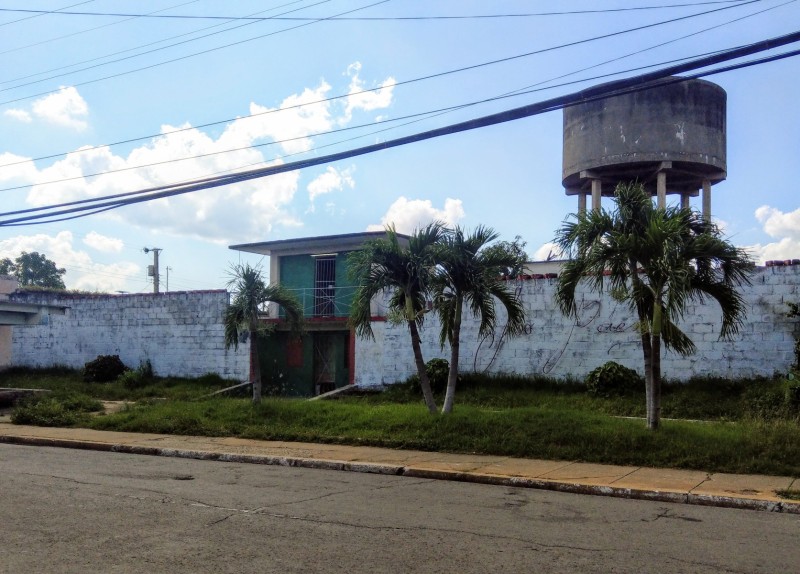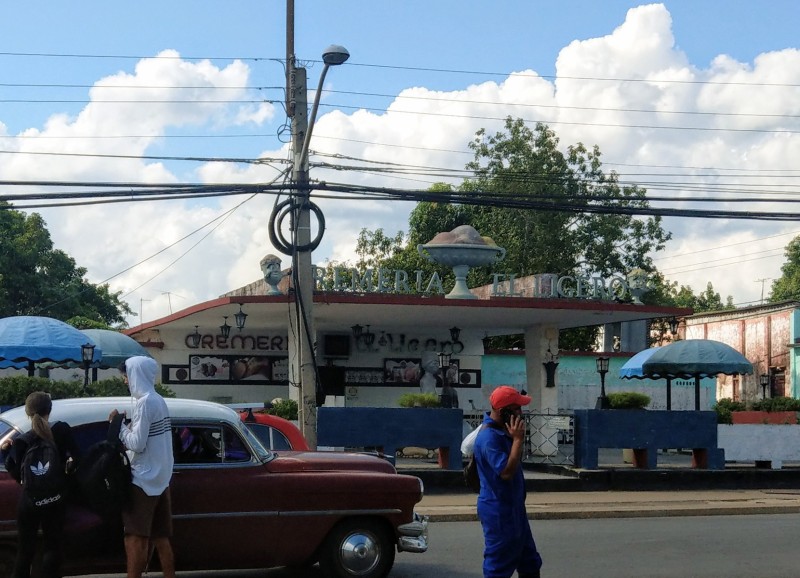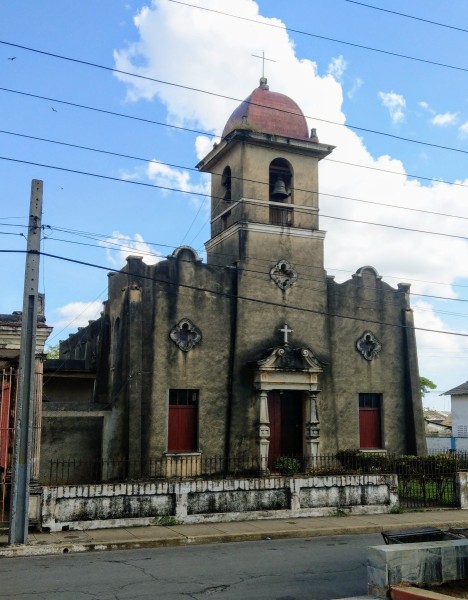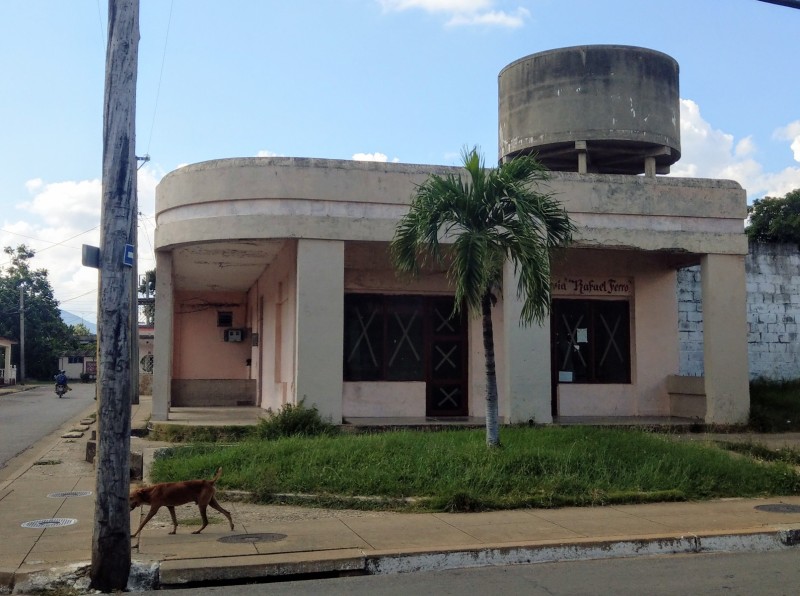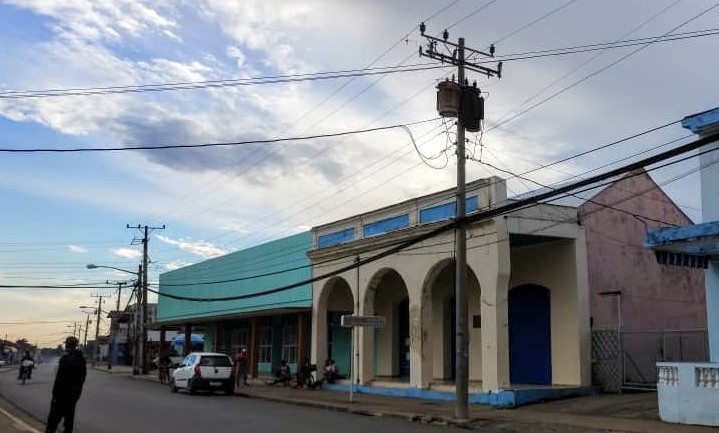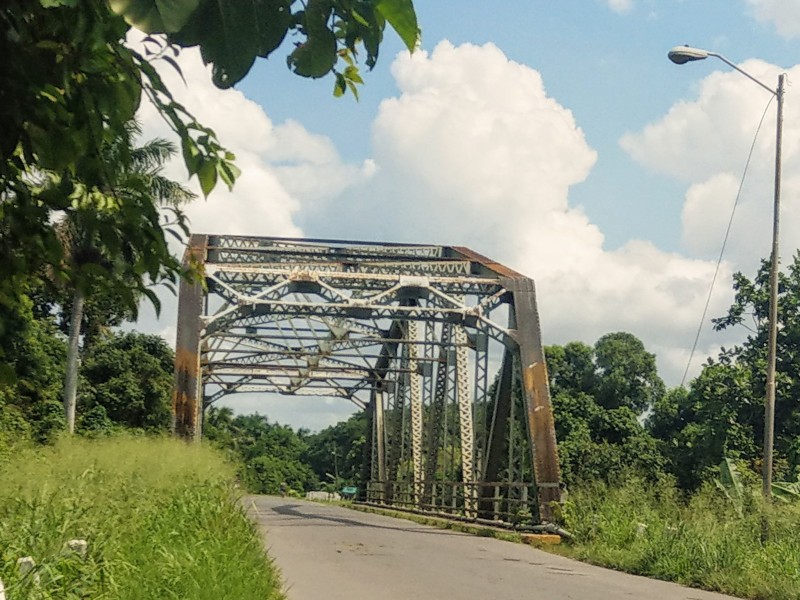San Cristobal: From Cultural Flourishing to Decline
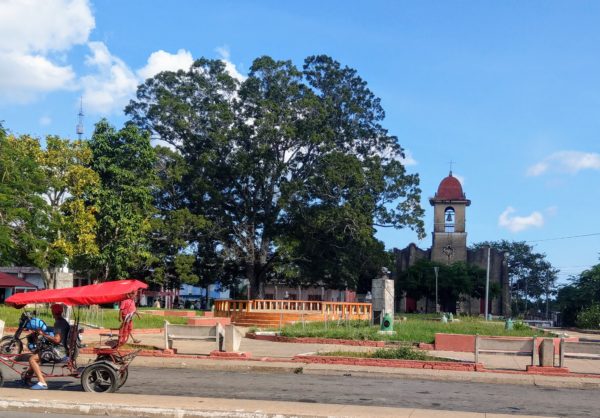
Text and photos by Fabiana del Valle
HAVANA TIMES – San Cristobal, located in the westernmost part of the province of Artemisa, is a municipality with a rich history that dates back to the early days of Spanish colonization in Cuba.
The first settlers were mainly from the Canary Islands and Cadiz, Spain. Among them were landowners from the emerging Creole bourgeoisie and tobacco farmers (vegueros) who cultivated the land.
In its early days, the urban center retained a colonial style for decades, with one-story houses featuring high ceilings, large interior courtyards, and front porches, built with wood or brick and topped with traditional Cuban tiles. Over the centuries, social differences became evident with the emergence of two-story buildings, a symbol of the financial power of their inhabitants.
Urban expansion led to the formation of marginalized neighborhoods with wooden buildings with tile and thatched roofs. Today, some of these neighborhoods also contain comfortable masonry houses with more modern designs.
Starting in the 1970s, culture in San Cristóbal experienced an unprecedented boom. The Casa de la Cultura (Cultural Center), the hub of artistic activity, encouraged participation from amateurs in various disciplines: theater, visual arts, music, literature, and dance. Festivals, concerts, literary workshops, and special interest groups were organized, fostering creative expression in all areas of the community.
By 1984, the community boasted a strong cultural infrastructure, with the establishment of ten key institutions: a cultural center, a museum, a public library, a network of cinemas, an art gallery, a youth club, a theater group, and more.
The period between the 1970s and 1980s marked a crucial moment for San Cristóbal’s cultural scene. The growth of amateur movements, the nurturing of new talent, and the development of the professional scene laid the foundation for an artistic flourishing that has virtually disappeared today.
The decline that plagues the country has also affected the arts. The Casa de Cultura is now without a proper location; leaking roofs and peeling walls forced authorities to request a full restoration from the Havana Historian’s Office, as the building is an important architectural piece.
The official project aims for completion by 2026, but we all know that won’t be the case. After some initial work, no further progress has been made. Meanwhile, the specialists from the Casa de Cultura drift from one place to another. Any available space is welcome for conducting workshops with amateur artists.
The Art Gallery, located on the Central Highway, now shelters beggars and passersby waiting for transportation. Its social function is non-existent, as its doors remain closed to the public, artists, and local enthusiasts.
The cinema, which once screened multiple movies a day, is now used for political events, the annual “Cheo” Páez Festival, and, once a month, La Peña de Rock, which delights rock fans who occupy the broken seats and nod their heads to the rhythm of Switch, a local band that has been professional since 2014.
At the municipal museum, the Beatles Peña is held monthly, a space for cultural events focused on The Beatles. Attendance at these events is low; Cubans no longer give importance to such activities. For many, a plate of food is a better option. Who wants to feed the soul when the body is starving?
In reality, there are few young people left in the municipality. Many have left in search of better economic opportunities. Those who remain prefer to spend their time at the disco or in private bars that have sprung up throughout the town.
Those who cannot afford it team up with friends who receive remittances from abroad. The goal is to escape the monotony somehow. Some work in private businesses or whatever job they can find, and at night, they go out to spend what they’ve earned.
The future does not concern them; surviving day by day is the priority. They flee their homes, escaping the power outages and mosquitoes, filling the darkness of the main street with the lights and music of their electric motorcycles.

